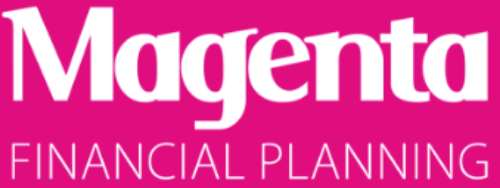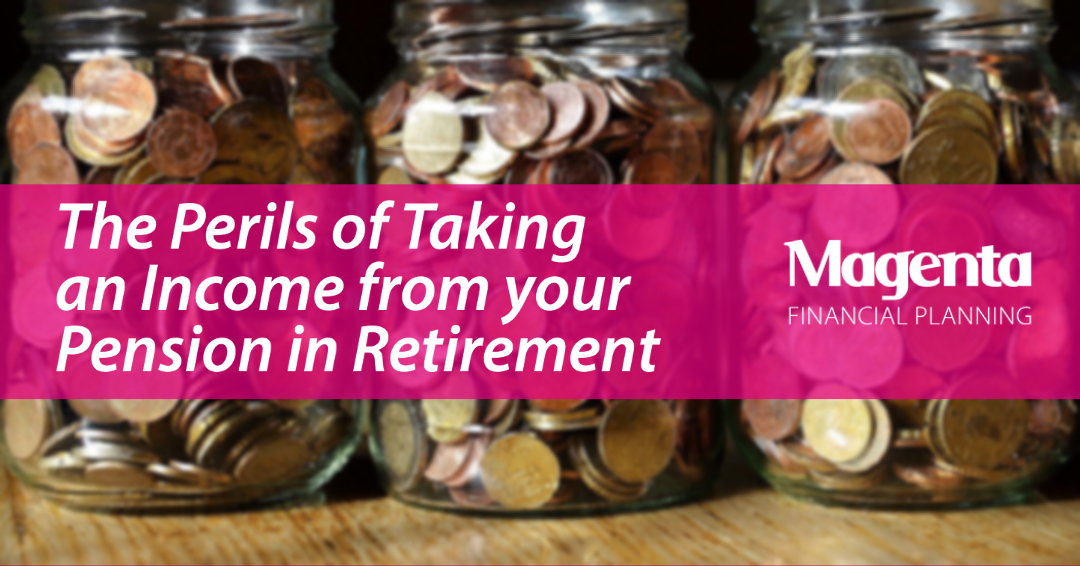Commonly called Pension Freedom, since 2016 people have been able to access and ‘drawdown’ their pension funds from age 55 and to take out money whenever and however, they wish.
On the face of it this sounds like a great development – much more flexibility than under previous pension rules and so easy.
But, it’s not that simple!
One of the main issues with drawdown is that individuals enter into it without understanding the implications. In particular, not understanding if and how their often one off decisions will produce the income required for the rest of their life and their beneficiaries’ lives.
If people start to take money from their pensions at 55, 60 and 65, they have to understand that this money may need to last them for what might be another 30- 40 years on average.
As financial planners we can add considerable value by helping their clients avoid the common pitfalls, which include:
- Income Tax on withdrawals
- Income Tax on contributions
- Tax on savings
- Running out of money
- Poor investment choices
- Lost capital
- Lost income
- Lost partner’s income
- Paying too much inheritance tax
- Ticking wrong boxes on complex decision forms*
A mistake
Recently we took on a new client (let’s call her Mary.) Mary’s husband died 3 years ago and had a pension with a well-known company who was very helpful and sent out all the necessary forms for her to sign and to decide what to do with her husband’s pension fund. Mary is not a pension expert and didn’t know that her husband was already in drawdown and that she would be able to continue the arrangement. At the time she was a grieving widow in a highly emotional state and ticked the box for “guaranteed income.” As a result now has a non-flexible guaranteed annuity providing an income almost £7 000 per year less than had she left the arrangement as it was.
There is no second chance! If people get just one element slightly wrong, there is the potential to destroy their desired standard of living and those dependent upon them for the rest of their lives. Often retirement decisions are taken at times of high emotion – euphoria at stopping work; ill health or like Mary, after a death. Our advice at these times – ALWAYS get advice or a second opinion.
It’s an ongoing job! It is important not to forget that a drawdown income solution needs to be reviewed on a regular basis as circumstances and needs evolve.
What will you need?
We need to fully understand our clients’ capital and income needs, otherwise it is impossible to give suitable drawdown advice.
Capital needs
Capital needs are in addition to income needs and are what a client expects to spend over and above normal expenditure, in the short to medium term.
Examples of capital needs include:
Home improvements
Holidays
Replacing the car
Anniversary and birthday presents and experiences
Educational costs for others (eg: grandchildren)
We normally recommend that clients identify their capital needs over at least the next three years and put aside sufficient cash to meet these costs.
Income needs
The easy bit is working out what income is needed to meet current essential and desired expenses, but things get much harder trying to ascertain the evolving future income needs and whether the savings available can realistically produce the required income, after market movements, inflation and taxation, so the client has income for their remaining life and that of their dependants and beneficiaries.
To understand the income required, we need to know a client’s current and desired future expenditure and then categorise it as follows:
Essential – utilities, food, home maintenance, debts – i.e. to maintain a home and a reasonable standard of living
Desired – entertainment, holidays, lifestyle choices – i.e. to maintain a desired standard of living
Nice to have – home improvements, estate planning –
Risk
So many people come unstuck here when trying to manage their own pension income! Recently we have come across investments in dodgy Bulgarian property; storage pods and German data centres that have promised high income returns only to go bust and lose all the money.
Our role here is to assess the risk in 3 ways:
The amount of risk that clients feel comfortable with
The investment returns they need and therefore the amount of risk they need to take to achieve these
The capacity for loss, because if a client invests in something that goes bad, it is likely to affect the whole of their retirement and may mean a significant reduction in their standard of living.
Investment choices
There are so many types of pension to invest in – PPP; SIPP; SSAS and workplace pensions, then so many different providers and platforms to hold them and then finally, literally thousands of different funds and shares and bonds.
We help our clients choose and maintain appropriate solutions that suit their attitude to risk, their income requirements, their tax position and ensure they are capable of evolving with their changing life circumstances.
Other things to consider before taking pension income
Before diving into pension funds to take income, there are many things to take into account. For example:
How much do you actually need?
Are you choosing a figure that is sustainable for the rest of your life?
How much income will you have from other sources? eg the state pension, part time/consultancy work, other investments, family gifts etc and how will this affect your tax position?
Should you take any tax free cash from your pension fund and if so where will you put it? If you aren’t going to spend it, it doesn’t make sense to move money from a tax-free fund to a taxable one!
Will you incur greater tax as a result of the Lifetime Allowance by taking the benefits in the “wrong” tax year?
Do you want to use your pension fund to pass funds to your beneficiaries without tax when you die? If so, maybe you should leave your pension fund alone.
Is drawdown appropriate for you given the risks etc or should you buy a guaranteed income in the form of an annuity?
If an annuity sounds more attractive, should it be level; index linked; guaranteed; fixed term; enhanced and should it include a spouse benefit?
The main pros and cons of drawdown
Pros
Control and flexibility in when and how much income and tax-free cash is taken
Ability to benefit from any potential growth in the underlying assets
Ability to control the level of income tax paid
Ability to purchase an annuity at a later date with some or all of the remaining balance
Cons
No guaranteed income
Getting it wrong may possibly result in a worse standard of living for the rest of your life
A decrease in the value of the investment can reduce the capital value and also the income now and in the future
Solutions and tax benefits available in the future may not be able to provide the expected outcomes as prudently as today.
The evolving income need – the hard bit!
From experience as well as well-documented surveys and commentary, we know there are broadly four common spending stages in retirement. The vast majority of us will experience each of the stages, albeit for completely different amounts of time:
Active – Where health and wealth allow an active lifestyle
Passive – Spending starts to decrease as health begins to restrict capability
Assisted – Spending increases as amendments are made to home to accommodate lifestyle
Supported – Where ongoing and perhaps full-time care is required
Our experience over nearly 40 years has shown that everyone is different. Different goals, different health issues, different longevity, different amount of wealth etc etc
Taken collectively, we know three things:
- Accurately predicting our clients’ expenditure is impossible.
- The amount of time spent in each of the four stages, if any, is completely dependent upon individual circumstances and needs.
- We need to help clients plan for the unexpected as well as the expected.
Intergenerational planning
As pension savings can now be left to future generations, they have become very tax efficient intergenerational planning tools. As such, we can provide valuable advice on how to ring fence pension funds if there are other assets which might be better utilised for income, so that children and grandchildren can have a better start in life.
Summary
So, we can see that pension drawdown is a balancing act between mitigating risk, receiving suitable returns, sustainable income and retaining some flexibility.
Flexibility and regular review of the pension are essential to assess investment suitability, risk, returns, sustainability of income, costs, wrapper suitability and diversification. More important though is the necessity of discussing more personal issues with clients, like health, family issues, desired lifestyle costs, special events, ongoing security and overall happiness and wellbeing.
Only when we able to help clients organise their drawdown income and other retirement options to best facilitate the life they want to lead and what matters most to them, do we consider that we have done a great job!

